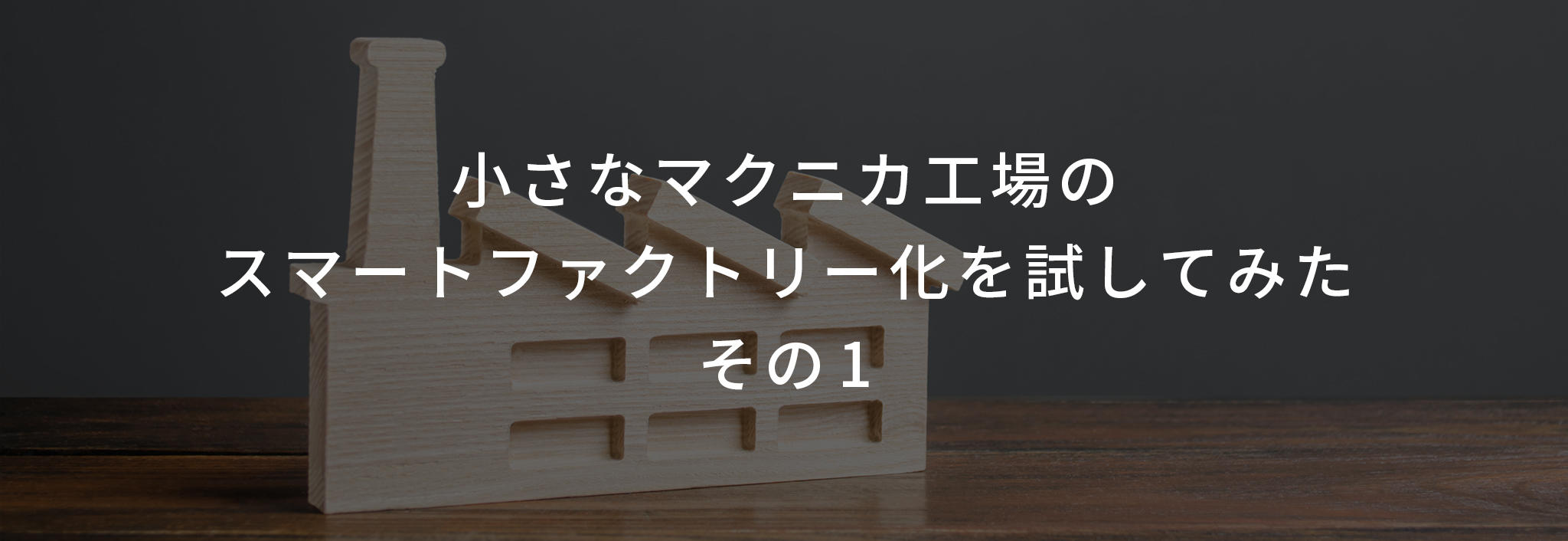
こんな方におすすめの記事です
- 工場設備のデータ収集やその利活用を検討・導入されている方
- マクニカのデータ収集ソリューションに興味がある方
この記事を読み終えるのにかかる時間
3分
はじめに
こんにちは!マクニカ ソリューション開発課の桜庭です。
令和の時代が幕開けしましたね。新元号にまだ馴染みがないですが、そのうち令和生まれの人たちが活躍する日が来るのかなと思いを馳せている今日この頃です。
そんな平成生まれの私が今回お届けする記事は、工場デモ機を用いた弊社の工場設備向けデータ収集ソリューションのデモ環境構築についてです。
今回は第1回で、全5回の連載を予定しています。
工場デモ機、購入
このたび、弊社では工場を模した機材を購入しました(下記画像参照)。
この機材は工業系エンジニアを育成するための教育玩具のようなもので、PLC(Programmable Logic Controller)を効率的に学べるとのことでしたので、弊社のデータ収集ソリューションのデモ環境として使用できるのではと考え、購入に至りました。
この機材を工場に見立てて弊社のデータ収集ソリューションを組み込んでいく予定ですので、我々が提供するソリューションがどういうものなのか、イメージする際のお役に立てればと思います。
ちなみに今回購入したデモ機では、機能ごとに以下の4つのエリアに分かれており、基本的には[1]から順番に材料が移動していきます。(材料といっても実際には積み木のブロックのようなものですが。)
- 倉庫部;材料を格納する部分で、全9個の材料を格納することができます。
- 搬送部;倉庫部から加工部への移動などの際に材料の運搬を行います。
- 加工部;搬送された材料に対して加工(熱処理加工と研磨加工を想定)を行います。
- 識別部;加工された材料を検査装置に搬送し、色識別および色ごとの仕分けを行います。

いざ、操業開始!
前置きが長くなってしまいました。では実際に動作させてみましょう!
電源を入れていざ運転開始!
…………
…………
…………ガガガ、ギュルギュルギュル、ガガガ…………
…………
すさまじい音を立てながらロボットたちが動き始めたのですが、よく見ると倉庫部でうまく材料を運べていないみたいです。
どうやら倉庫部の倉庫がゆがんでおり、搬送ロボットが材料をうまく取れないようです。
また、搬送部の搬送ロボットの部品が緩んでいる部分があったり、駆動部品の滑りが悪い部分があったりして動作が安定していませんでした。
そこで倉庫部分にアクリル板を取り付けて倉庫がゆがまないようにしました。また、緩んでいる部品はフライヤーで締めて固定し、駆動部品にはグリスを塗って滑りをよくしました。
これにより、なんとかひと通りの動作ができるようになりました(下記動画参照)。
スマートファクトリー化の要、データ収集に向けて
スマートファクトリー化を行うにあたってはさまざまな視点があり、何を重要視するかは意見が分かれるところかもしれませんが、
我々としてはやはり“データの収集”が大事だと考えています。
弊社ではAI技術とIoT技術を用いて主に製造業を中心としたお客様の課題解決を行っていますが、これまでの経験で感じたことはデータ収集が重要ということです。
ただ、単に大量にデータが蓄積されているだけでは意味がなく、AIを用いた分析やデータに基づく現場の改善活動などに結びつけるためには、意味のある“有効なデータ”が必要と考えています。
このデモ機を使って、次回はPLCからデータ収集していき、ゆくゆくはそのデータの利活用まで含めた弊社のソリューションをイメージしてもらえるようなデモ環境を構築していく予定です。
尚、弊社のソリューションに関する内容は以下の別ページに記載されていますので、この記事とあわせてご確認いただければと思います。


